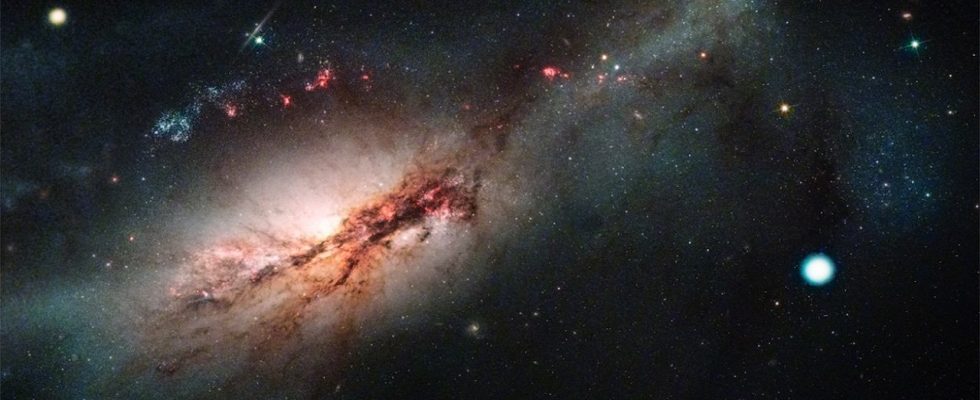With the advancement of artificial intelligence technology, artificial intelligence is now everywhere in our lives. But it doesn’t stay still. Now he is preparing to step into the world of astronomy. Astronomers have developed the world’s first artificial intelligence-supported fully automatic supernova detection system. This system has achieved another first in the world. He managed to discover a supernova without human support. Here are the details…
Artificial intelligence managed to discover supernovae without human help!
Artificial intelligence continues to surprise humanity. Astronomers at Northwestern University collaborated. He developed the world’s first artificial intelligence-supported fully automatic supernova detection system. This entire process will contribute to facilitating future studies on stars.
Before the development of this tool, scientists relied on automated systems and human verification methods. But with the help of artificial intelligence, the machines finally detected more than just the supernova. They let him do the heavy lifting, while also finding out if it was actually a supernova.
Scientists named the artificial intelligence-supported supernova detection system Bright Transient Survey Bot or BTSbot. If it continues to be successful, it will completely eliminate the need for a middle man in the process. This will allow astronomers to focus their attention on other things.
To help it learn, researchers fed BTSbot more than 1.4 million images from 16,000 different astronomical sources. In this way, the machine learning algorithm that powers the system learned how to interpret supernovae. It also allowed him to learn how to detect them in the universe. An artificial intelligence-supported detection system equipped with educational information was put into operation. After some time, he finally identified a supernova candidate.
Artificial intelligence detected this supernova. It automatically shared its findings with the astronomy community, eliminating the human part of the equation. Thus making the process easy. It is thought that this supernova discovered by artificial intelligence came from a completely exploding white dwarf star.
So why take people out of this loop? Adam Miller, assistant professor of physics and astronomy at Northwestern. “Removing humans from the loop will give the research team more time to analyze their observations and develop new hypotheses to explain the origin of the cosmic explosions we observe.” says.

